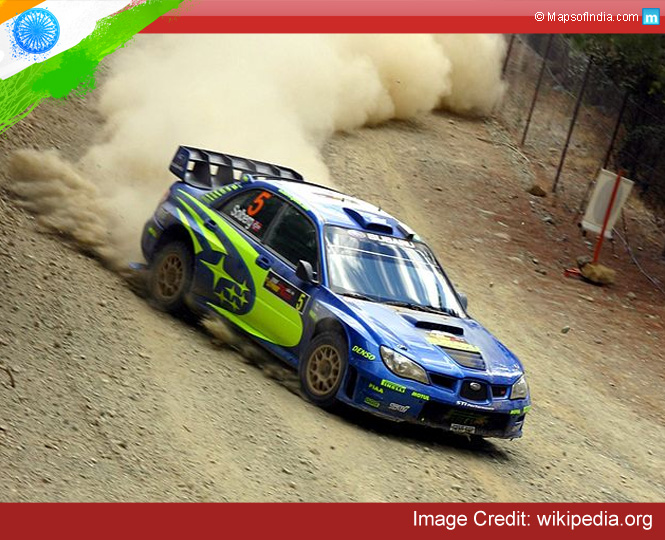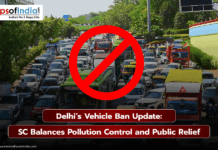
Regarded as the most challenging motorsport championship in the world, the FIA World Rally Championship – WRC puts some of the most daring drivers and enduring cars in the whole world, against the toughest and contrastingly varied driving conditions.
Established in 1973, the WRC is a series of rallies organised by the FIA, and consists of thirteen three-day events, where the cars are driven on surfaces ranging from gravel and tarmac to snow and ice. Each rally is split into fifteen to twenty five special stages being run against the clock on closed roads. The driver’s world championship and manufacturer’s world championship are two separate championships, that are based on the same point system.
The WRC was clubbed from popular international rallies, that were previously a part of the European Rally Championship also called the International Championship for Manufacturers and was first held in 1973. The World Rally Car is the current car specification of the series and has evolved over a few generations with dramatic changes in each evolution.
Built on 1.6 litre, four cylinder productions cars that feature turbochargers, anti lag systems, four wheel drives, sequential gearboxes, lightweight aerodynamic parts and trims and other modifications, to provide for aggressive acceleration, brilliant handling both on and off the road, and massive enduring capabilities, WRC cars can cost upto a million US$ when assembled.
The WRC also features three support championships – the Junior WRC, the WRC 2 (super 2000 World Rally Championship), and the WRC 3 (production World Rally Championship), all having the same events and stages as the WRC but with different regulations.
Every race season consists of thirteen rallies, the points from which are calculated for the Drivers’ and Manufacturers’ championships. This point system implies that if a driver from one team wins the drivers’ championship, another team can still win the manufacturers’ championship.
Points are awarded at the end of each rally to the top ten overall finishers in the World Rally Championship ratings, along with the top ten finishers within the Super 2000, Production car, and Junior world rally championships.
A rally usually consists of fifteen to thirty stages of distances ranging from under 2 kilometres to over 50 kilometres. These stages are competitively driven on closed roads which are linked by open road sections on which all the traffic rules of that respective region must be followed. An average day consists of around 400 kilometres of driving. A WRC event begins with reconnaissance on the first two days, allowing teams to check out the stages and create pace notes. The third day allows teams to run through the shakedown stage to practice and test their set ups. The competition begins on the fourth and ends on the sixth day, respectively, although some rallies like the Monte Carlo is generally run over four to five days.
Competitors commence at two-minute intervals in clear weather, and three- if visibility is a concern. Each day has designated service parks in between stages where the teams can perform maintenance and repairs on their cars – all within strict time limits. This also allows spectators and media closer access to the teams and their cars and drivers. During the event period, at the end of the day and post a forty-five minute service, all cars are locked up in a quarantine environment called parc ferme, where none of the teams are then permitted access to their cars.
A few of the majorly popular cars in the championship include the Citroen DS 3 WRC, Ford Fiesta WRC, Mini WRC and the Volkswagen Polo R WRC.
The WRC was initially held for Group A and B rally cars. Increasing power, reliability issues and fatal accidents on 1986 season setup caused the Group B rally to be banned. In 1997, the Group A cars evolved into the WRC car spec to allow for development of new cars and entry of new makes and models into the competition. 2011 saw the introduction of a new set of rules to encourage participation in the event since the then recent economic plunge had discouraged many from it.
In 2013, a new class of rally cars called the Group R, were brought in as replacement to the Groups A and N, with cars classified under capacities like the engine capacity and type, wheelbase, drivetrain etc.
There have been a number of popular computer graphic games for enthusiasts and others alike, based on the World Rally championship. Sega Rally, V Rally, Top Gear Rally, Colin McRae Rally series, Rally Trophy, and Dirt series are a few of the longest running games in popularity.
The forty-second season of the World Rally Championship will be held this year, 2014, where teams, cars and their drivers will contest thirteen rallies across four continents competing for the ultimate prize – the driver’s and manufacturer’s championship.




